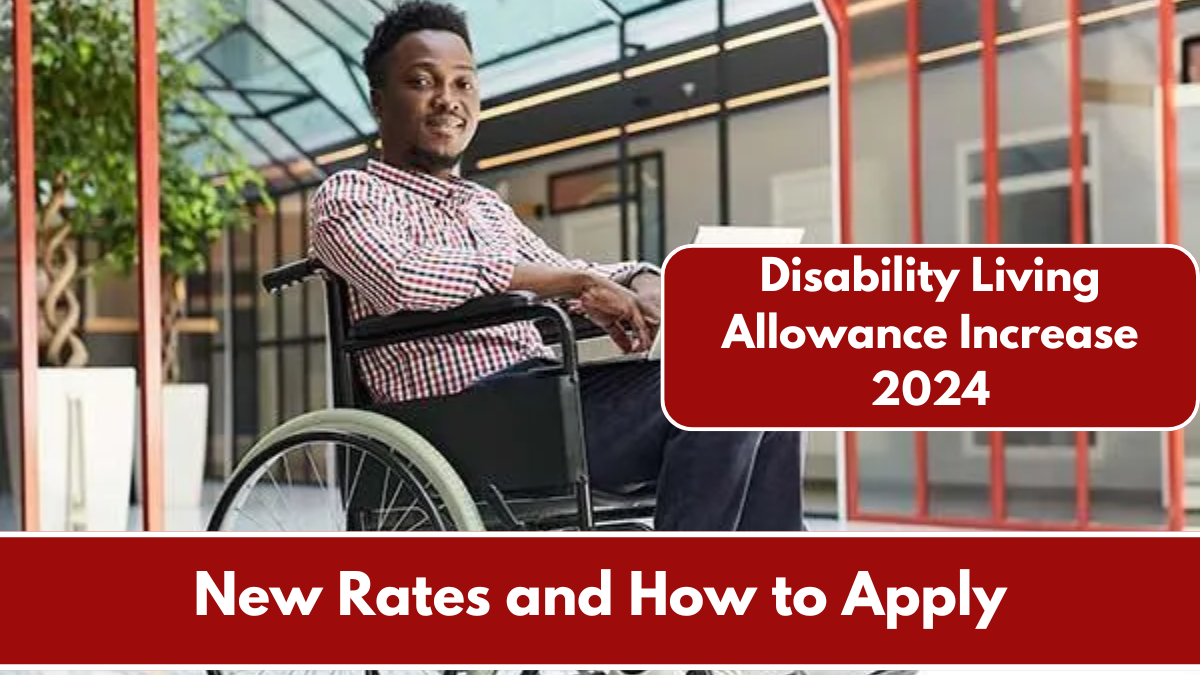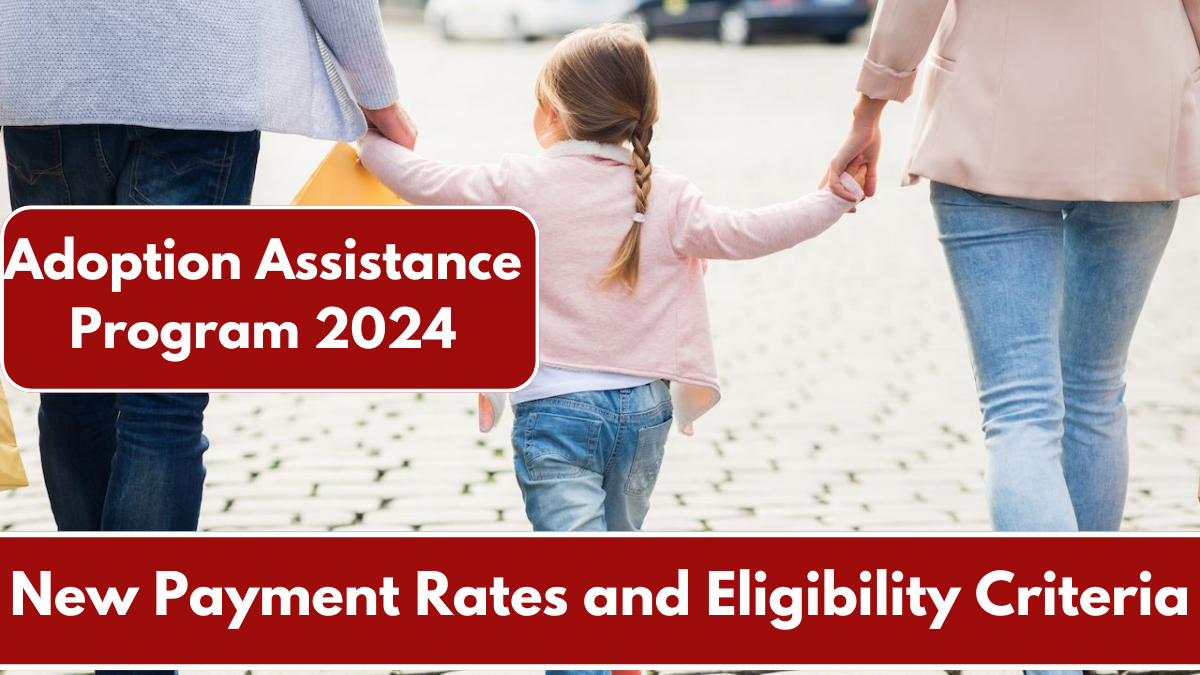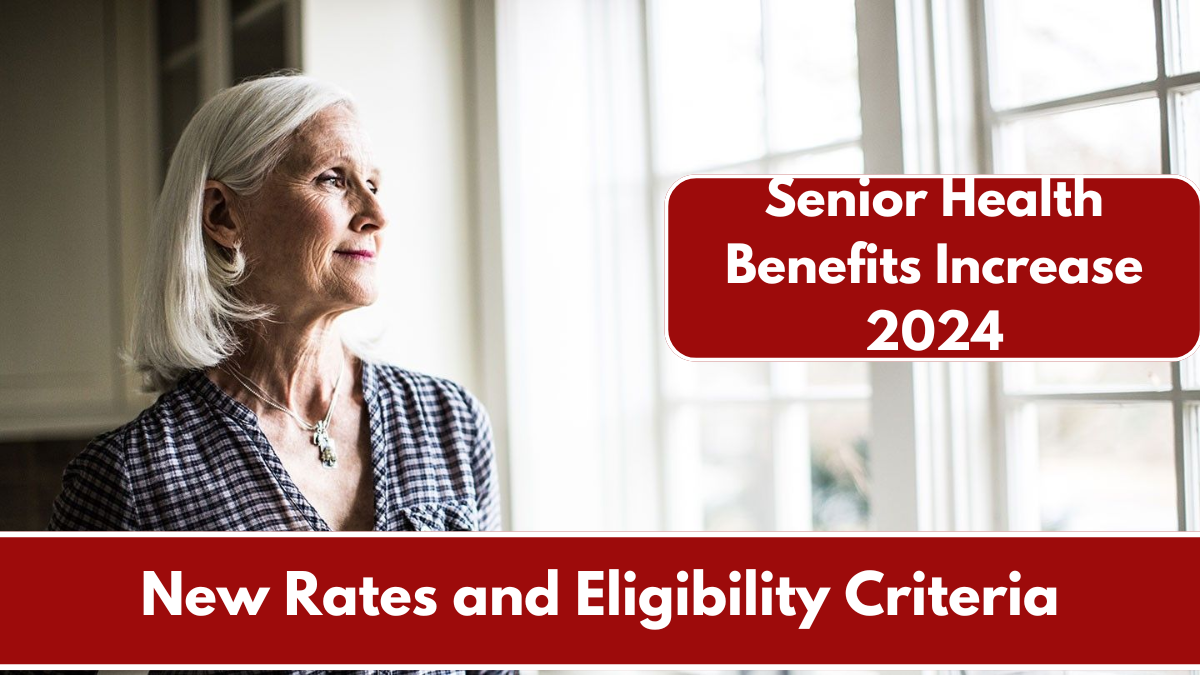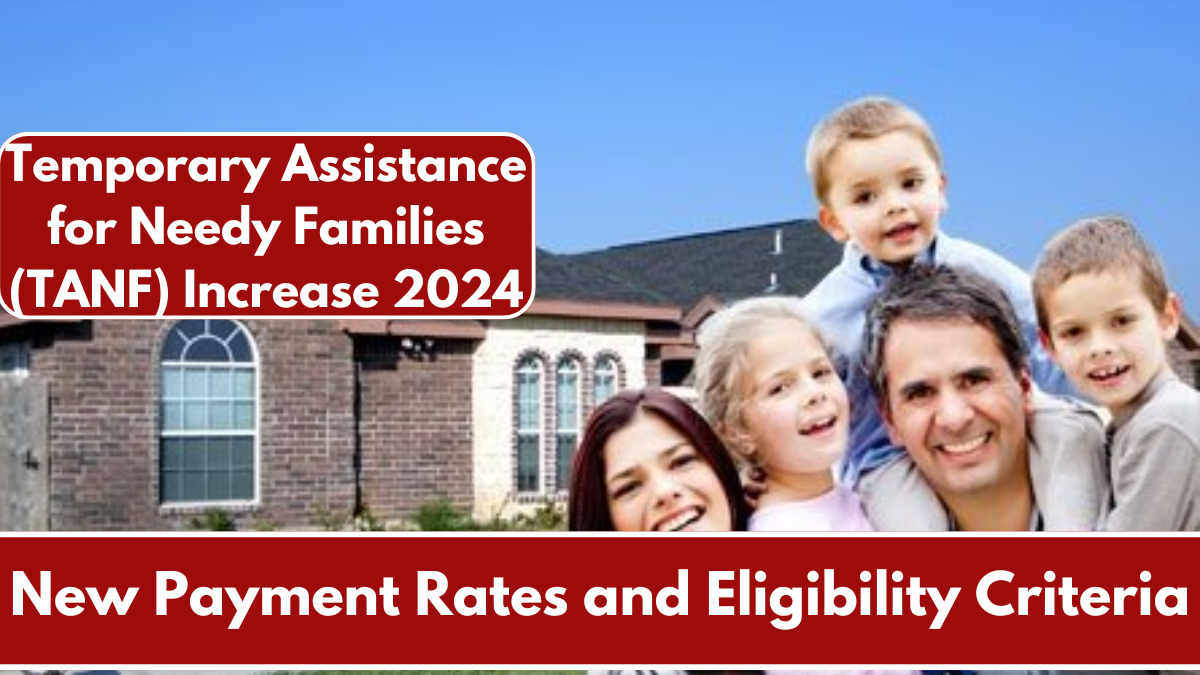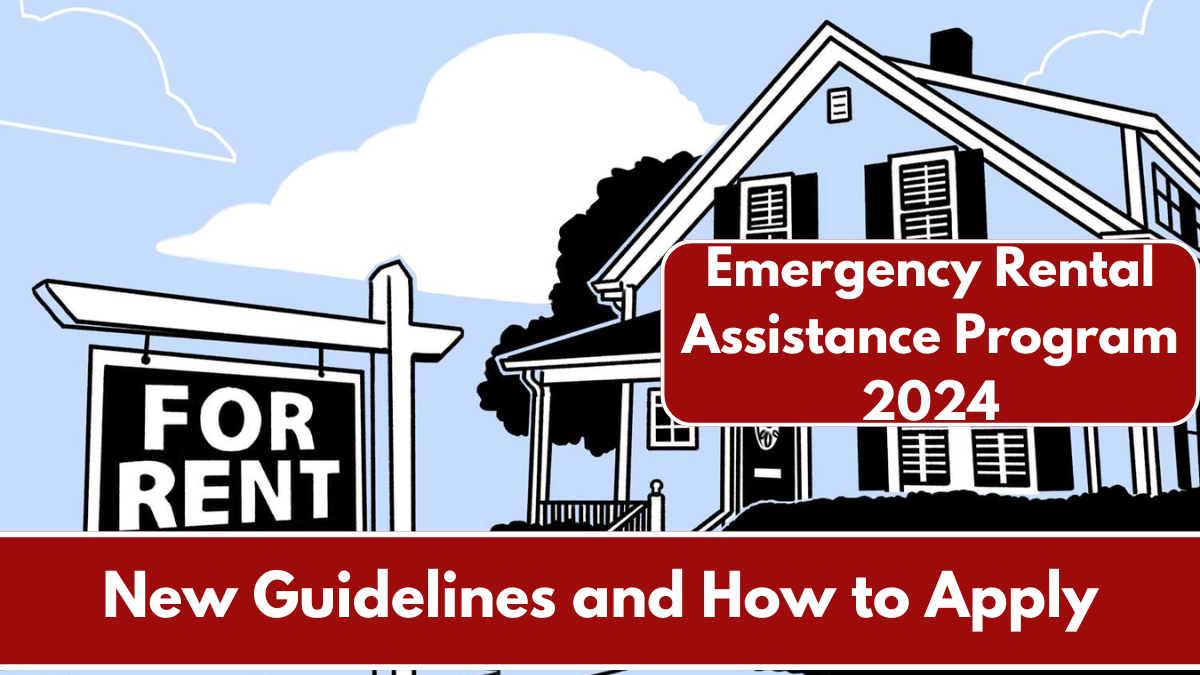Introduction:
The Disability Living Allowance (DLA) is a critical benefit for individuals with disabilities, providing financial support to help cover the extra costs of living with a disability. In 2024, the DLA rates have been revised, offering increased payments to eligible claimants. This article provides an in-depth guide to the new DLA rates for 2024, the eligibility criteria, and a step-by-step process on how to apply.
Overview of Disability Living Allowance (DLA)
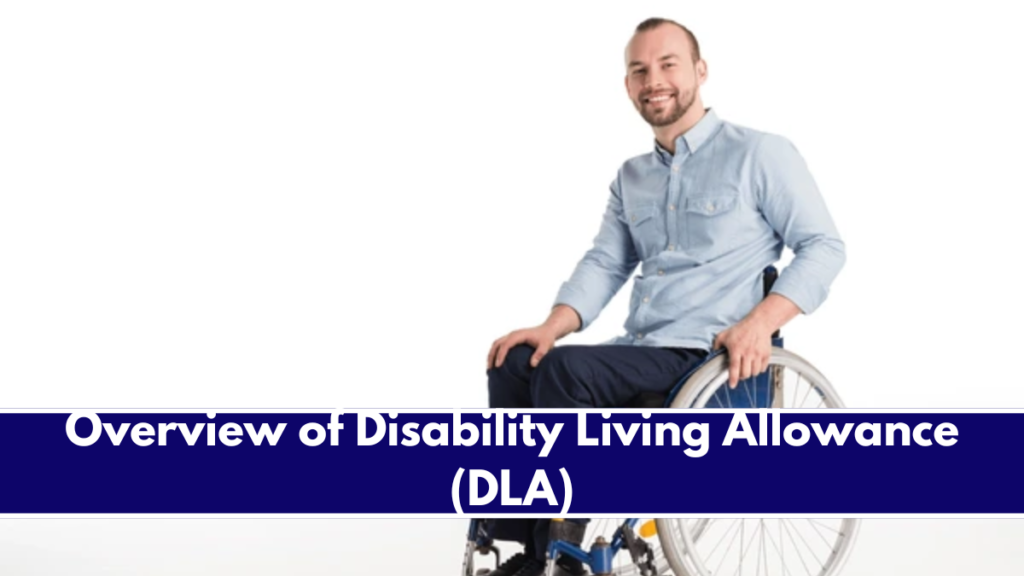
Disability Living Allowance (DLA) is a government benefit designed to help individuals with disabilities cover the extra costs associated with their condition. DLA is available for children under 16 with disabilities, while adults over 16 now claim Personal Independence Payment (PIP). The allowance is divided into two main components: the Care Component, for those needing help with personal care, and the Mobility Component, for those who require assistance getting around.
New DLA Rates for 2024
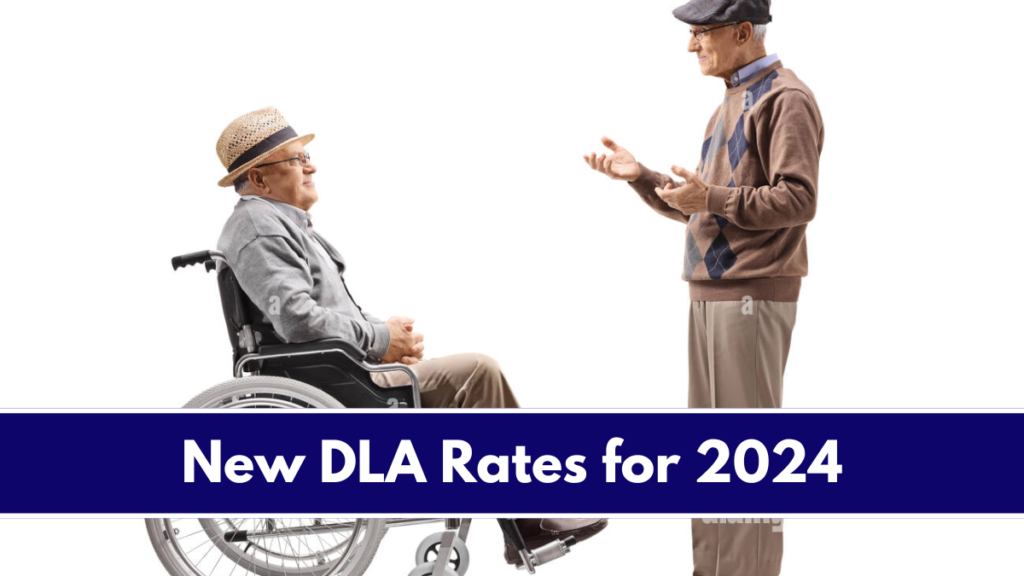
The DLA rates have been updated for 2024 to better support the financial needs of eligible individuals. Below is a table showing the new weekly payment amounts for both the Care and Mobility components.
Disability Living Allowance (DLA) Rates for 2024
| Component | Level | 2023 Weekly Rate | 2024 Weekly Rate |
|---|---|---|---|
| Care Component | Low | £25.60 | £26.50 |
| Middle | £64.50 | £66.20 | |
| High | £101.75 | £104.00 | |
| Mobility Component | Lower | £26.90 | £27.80 |
| Higher | £71.00 | £72.50 |
Note: The rates above apply across the UK, but exact payments may vary depending on individual circumstances.
Who is Eligible for DLA?
To qualify for Disability Living Allowance, individuals must meet certain criteria, primarily based on age, disability status, and care or mobility needs. The key eligibility requirements include:
- Age: DLA is available for children under 16. Individuals over 16 must apply for Personal Independence Payment (PIP) instead.
- Disability Status: The child must have a disability or health condition that affects their daily living or mobility. This can include physical disabilities, mental health conditions, and learning disabilities.
- Care Needs: The child must require extra help with personal care, such as dressing, washing, or eating, due to their disability.
- Mobility Needs: The child must have difficulty getting around, either due to physical challenges or behavioral issues related to their condition.
- Residency: The child must be living in the UK and meet certain residency requirements, including habitual residence and presence in the country for at least 2 of the last 3 years.
How to Apply for Disability Living Allowance
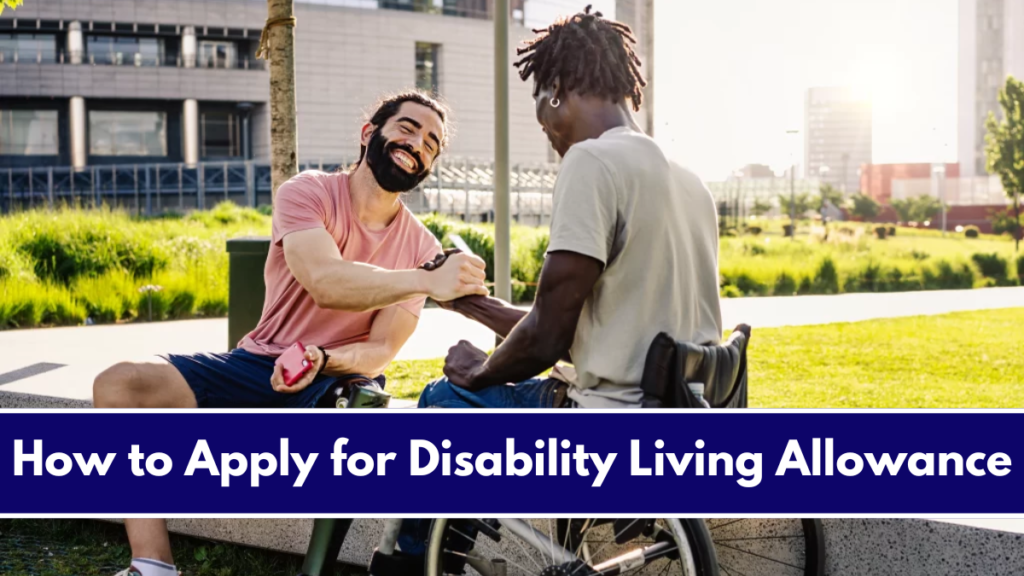
Applying for Disability Living Allowance involves several steps. It’s important to provide detailed and accurate information to ensure that the claim is processed efficiently.
- Obtain the Application Form: The DLA application form (form DLA1A) can be obtained online through the government’s website, or you can request a paper copy by calling the DLA helpline.
- Fill Out the Form: The form requires detailed information about the child’s disability, the level of care needed, and any mobility issues. It’s important to be thorough and provide supporting evidence, such as medical reports or letters from healthcare professionals.
- Submit the Application: Once completed, the form can be submitted online or sent by post to the address provided on the form. Be sure to keep a copy of the application for your records.
- Attend an Assessment (if required): In some cases, an assessment may be required to determine the level of disability and the appropriate level of DLA. This assessment may involve a visit from a healthcare professional to your home.
- Receive a Decision: After your application is reviewed, you will receive a decision letter outlining the level of DLA awarded and the payment schedule. If the application is successful, payments will begin shortly after the decision is made.
Conclusion:
The increase in Disability Living Allowance rates for 2024 reflects the government’s commitment to providing additional support to individuals with disabilities. Understanding the new rates and the application process is crucial for families seeking to secure the financial assistance they need. By following the steps outlined in this article, you can ensure a smooth application process and access the benefits that your child is entitled to.
FAQ’s:
Q1. Can adults over 16 apply for DLA in 2024?
No, adults over 16 must apply for Personal Independence Payment (PIP) instead of DLA. DLA is only available for children under 16.
Q2. What should I do if my DLA application is denied?
If your application is denied, you can request a mandatory reconsideration, where your case will be reviewed. If you disagree with the reconsideration decision, you can appeal to an independent tribunal.
Q3. Can DLA be claimed alongside other benefits?
Yes, DLA can be claimed in addition to other benefits, such as Universal Credit, Child Benefit, and Carer’s Allowance, depending on your circumstances.
Q4. How long does it take to process a DLA application?
Processing times can vary, but it typically takes 8-12 weeks from the date of application to receive a decision. Delays can occur if additional information or an assessment is needed.
Q5. Will DLA rates change again in 2024?
DLA rates are typically reviewed annually, and any changes would be announced by the government. It’s important to stay informed about any updates to benefit rates.

